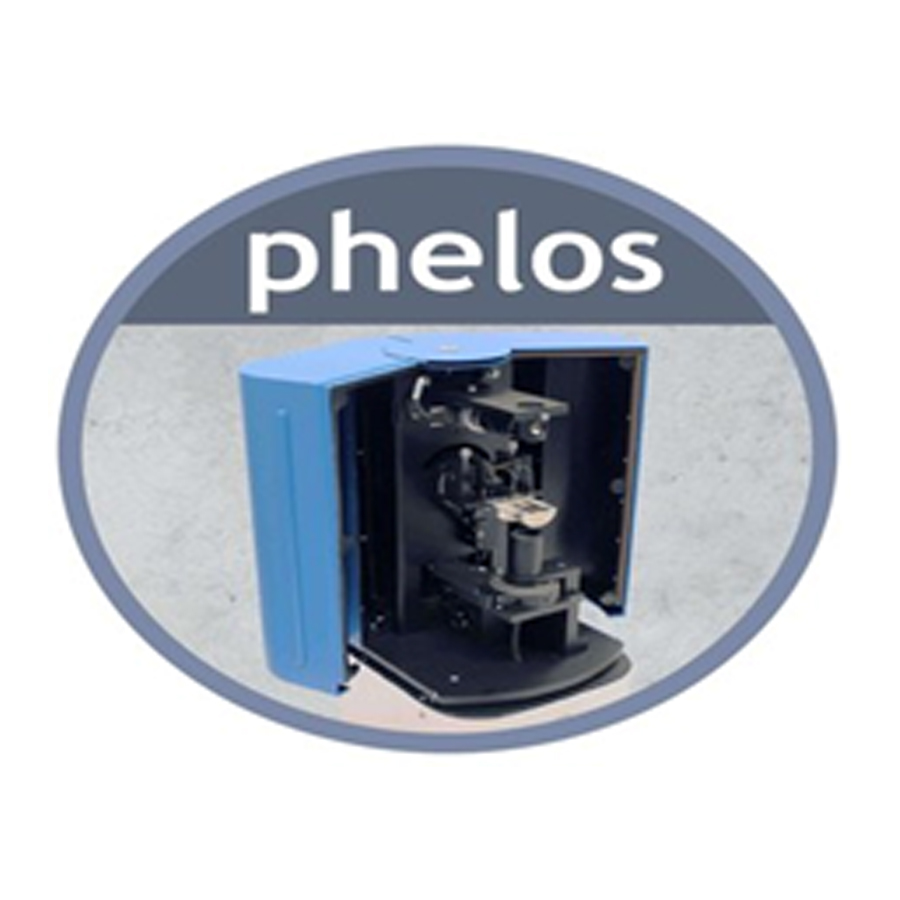
PHELOS Equipment (Gonio-Spectrometer for EL and PL Measurements)
Phelos is an angular luminescence spectrometer to characterize light-emitting devices and thin films over varied emission and polarization angles. While traditional goniometric instruments focus on either electroluminescence (EL) or photoluminescence (PL), Phelos incorporates both measuring techniques in one table-top compact instrument. The Phelos software can be easily coupled to the powerful simulation software Setfos for data analysis, parameter extraction, and device modeling.
Trusted by industry and academia, Phelos measurements have substantially contributed to numerous scientific publications
Phelos is a spectrometer for both Photoluminescence and Electroluminescence measurements. The instrument is equipped with an internal SMU that is used alternatively for the EL or PL characterization.